UK PMI Services was finalized at 54.1 in January, up from December’s 10-month low of 53.6. PMI Composite was finalized at 54.2, up from prior month’s 53.6. Markit said charges had fastest rise on record in more than 25 years. Output and new business picked up at the start of 2022. Growth projections were strongest since May 2021.
Tim Moore, Economics Director at IHS Markit: “The latest PMI data provide good news about prospects for the UK economy in 2022 as demand has started to recover from the impact of Omicron restrictions and most businesses expect only a temporary slowdown from cancelled bookings and staff absences at the turn of the year. Growth expectations for the next 12 months picked up in January and are now the highest since last spring, with staff recruitment difficulties often the only major source of anxiety.
“However, record price increases in the service economy are set to add to the cost of living crisis for UK households. Input cost inflation accelerated again in January and service providers responded by increasing their prices charged at the fastest rate since the index began in July 1996. Nearly one-in-three survey respondents reported higher average prices charged than in December, with rising salary payments, energy bills and logistics costs the most commonly cited reasons.”




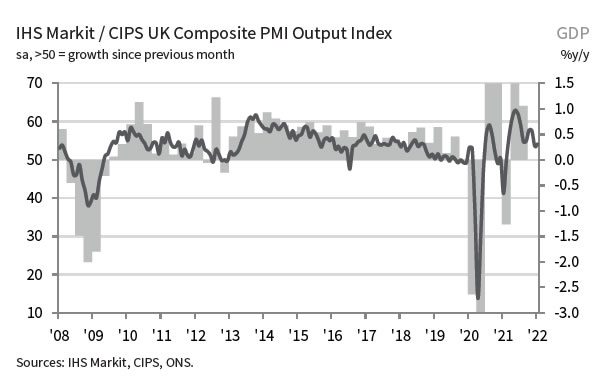
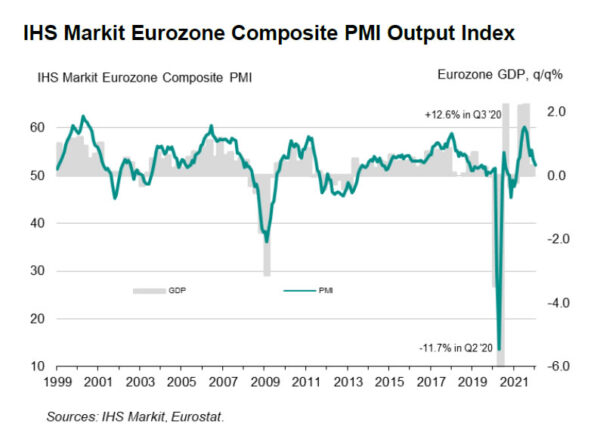
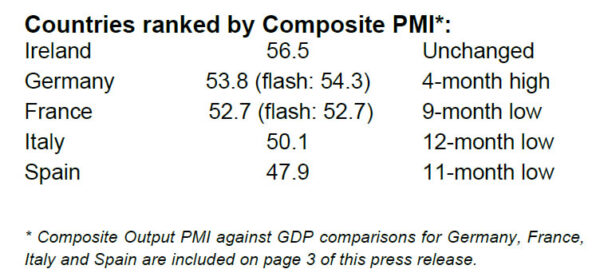
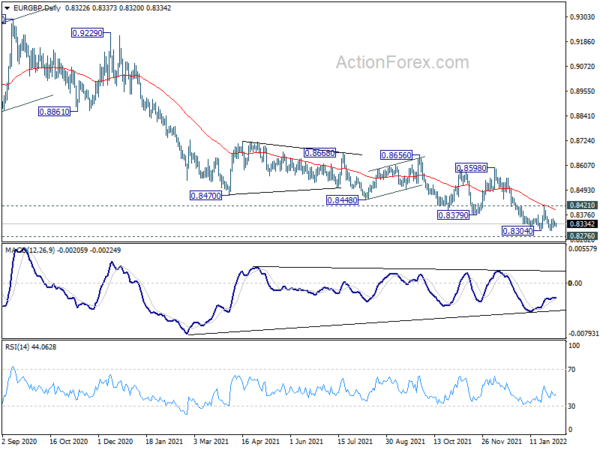
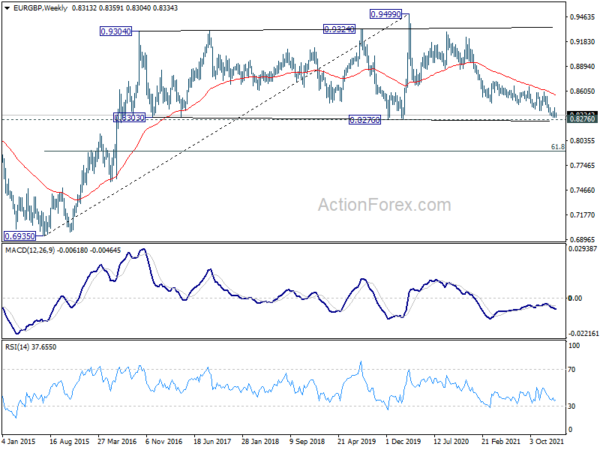
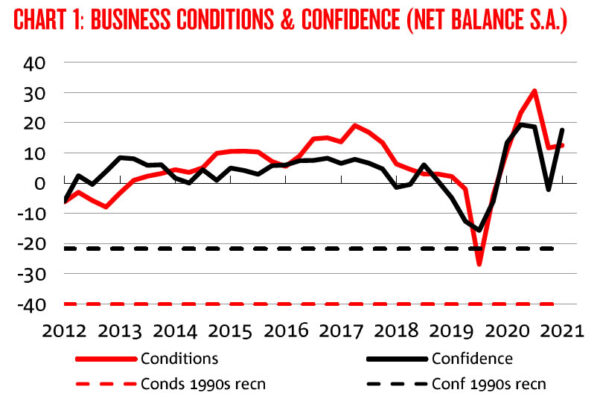
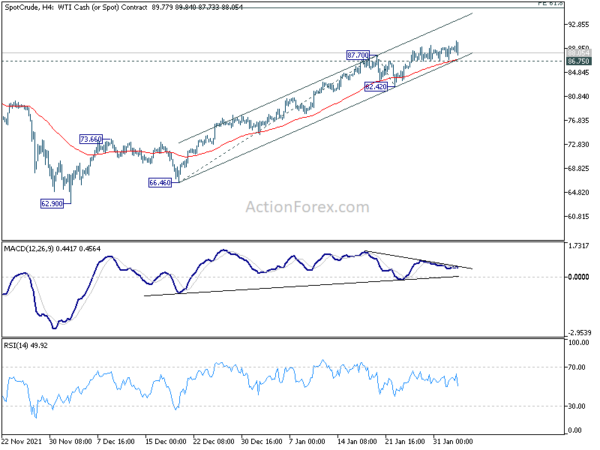
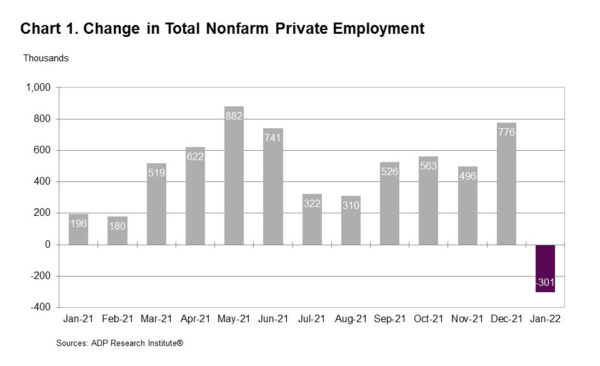
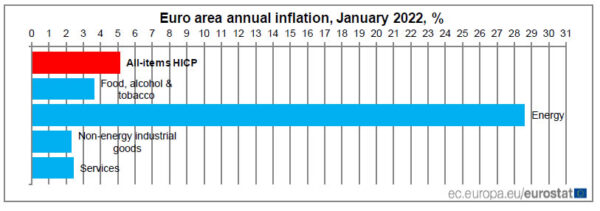
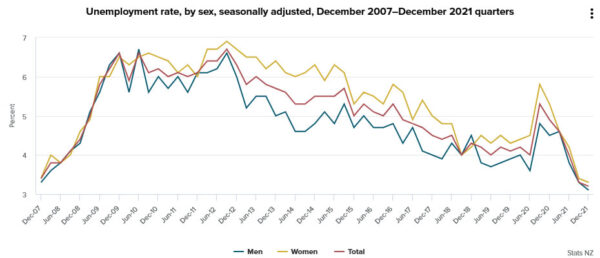
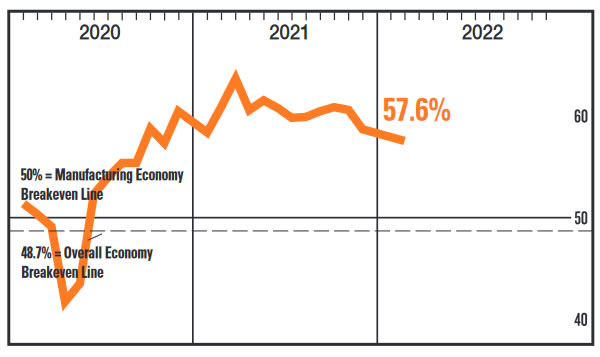
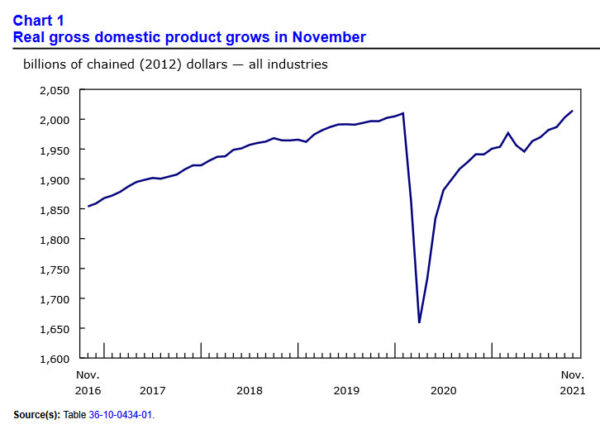
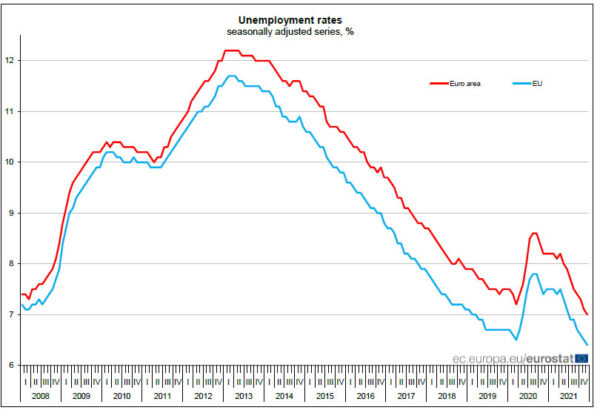
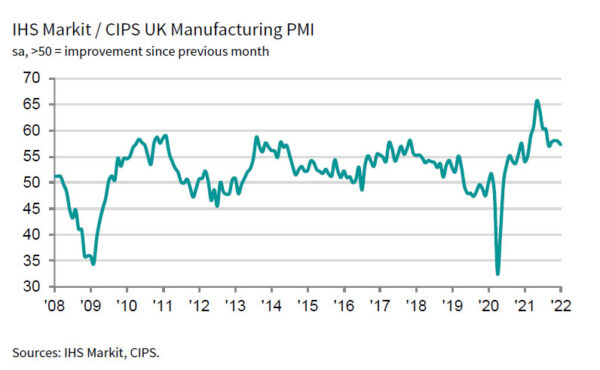
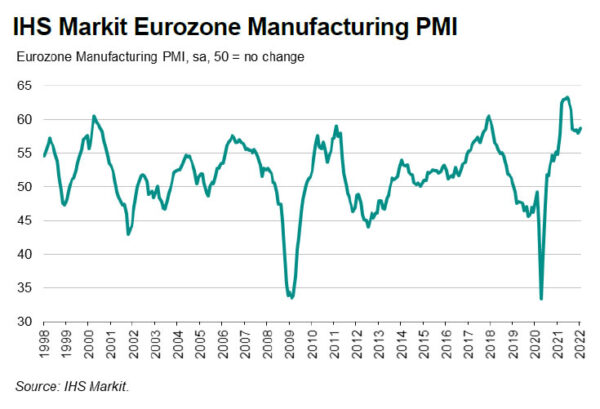
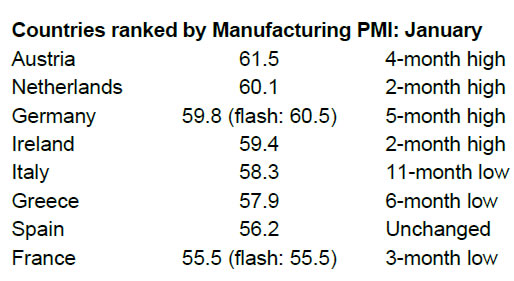

Eurozone PPI rose 2.9% mom, 26.2% yoy in Dec
Eurozone PPI rose 2.9% mom, 26.2% yoy in December, slightly below expectation of 3.0% mom, 26.6% yoy. For the month, industrial producer prices increased by 7.0% mom in the energy sector, by 0.7% mom for intermediate goods, by 0.6% mom for non-durable consumer goods, by 0.3% mom for capital goods and by 0.2% mom for durable consumer goods. Prices in total industry excluding energy increased by 0.5% mom.
EU PPI rose 2.9% mom, 26.2% yoy. The highest monthly increases in industrial producer prices were recorded in Ireland (+13.3%), Estonia (+12.7%) and Greece (+8.0%), while the only decrease was observed in Czechia (-0.1%).
Full release here.